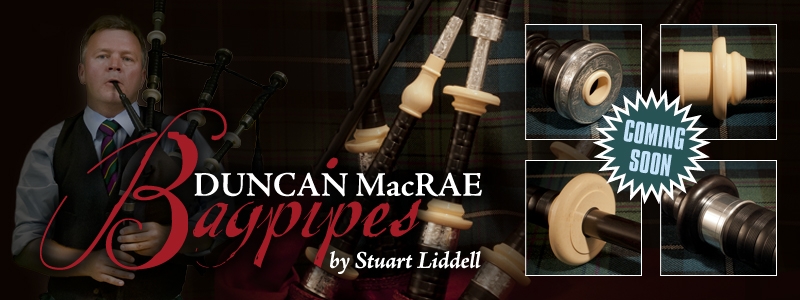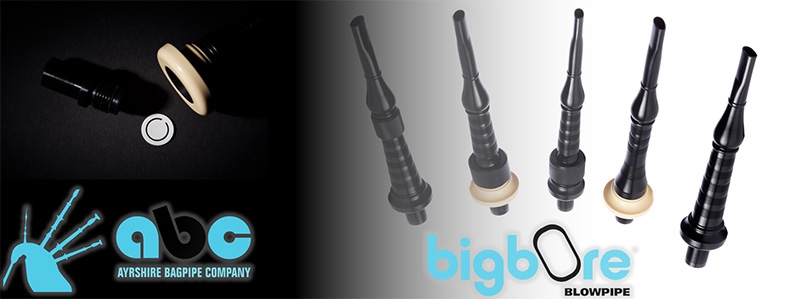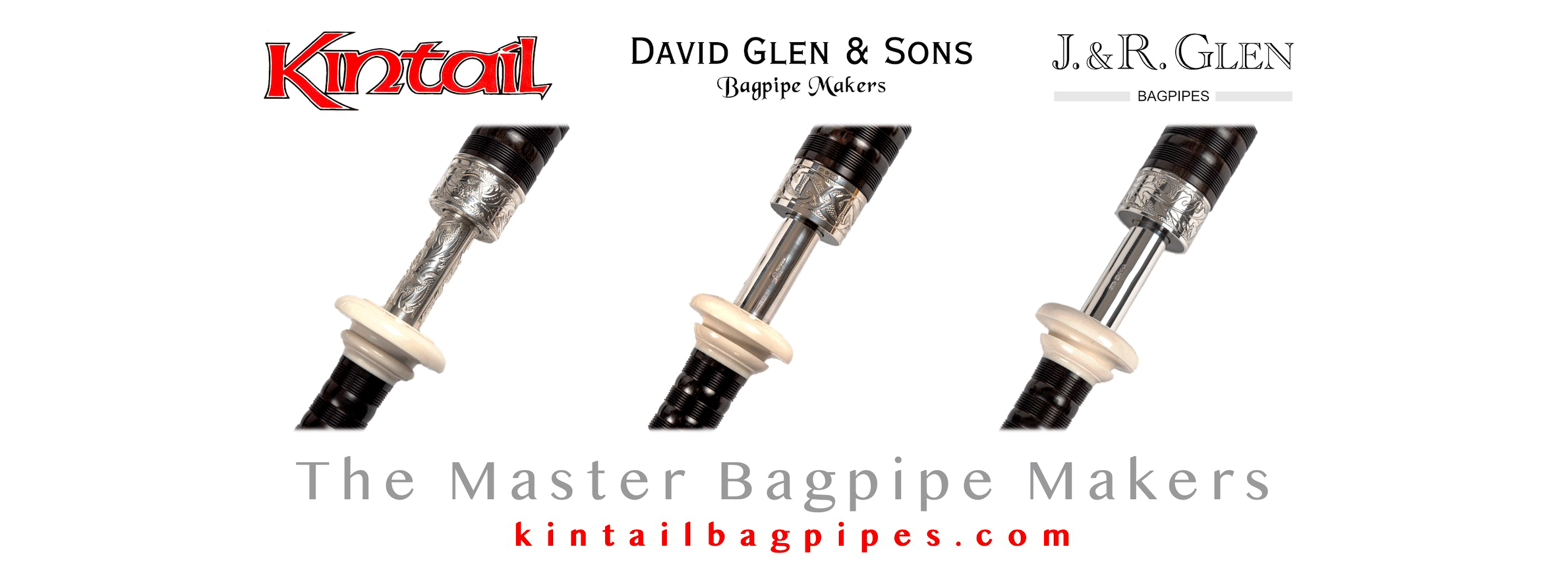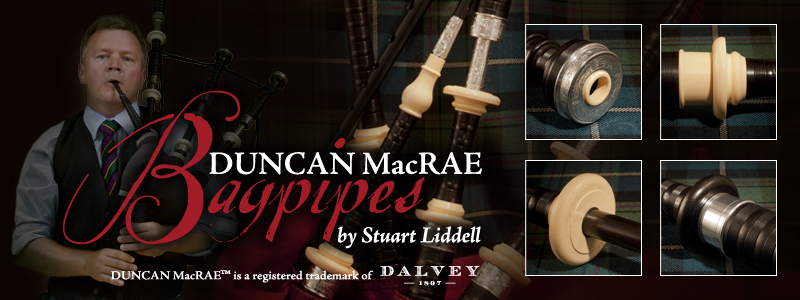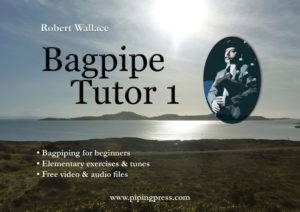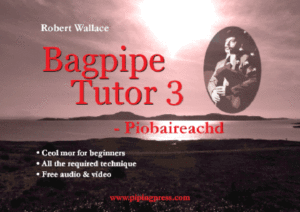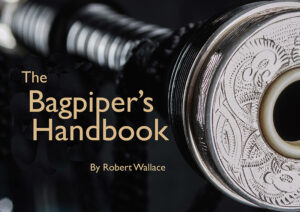In this excerpt, writer Alistair Aitken OBE continues his detailed look at Army piping and in particular the Gordon and Cameron Highlanders…
The Gordon Highlanders regiment was formed in 1881 as a result of the Childers Reforms. The 1st Battalion was formed out of the 75th (Stirlingshire) Regiment of Foot; and the 2nd Battalion out of the 92nd (Gordon Highlanders) Regiment of Foot. The 92nd was originally raised as the 100th Highlanders by the Duke of Gordon in 1794, being renumbered 92nd in 1798. When formed in 1881 the 1st Battalion of The Gordon Highlanders was in Malta and subsequently distinguished themselves as part of the Highland Brigade in Egypt from 1882 during the battle of Tel-el-Kebir and during the following Nile/Sudan campaigns.
While on operations on the North East Frontier in October 1897, during the storming of the Dargai Heights, one of the regiment’s famous VCs was earned when Piper George Findlater continued to play his pipes during the assault despite being wounded in both legs (see picture). In the 1st World War drummer William Kenny was awarded a VC for his heroism in repeatedly rescuing wounded colleagues whilst under heavy enemy fire during the first Battle of Ypres in October 1914. The Gordon Highlanders raised 21 battalions in the 1st World War, serving on the Western Front and in Italy, winning 65 battle honours. A further 27 honours were added during the 2nd World War when the regiment served in France, Malaya, North Africa, Sicily, Italy and North-West Europe. After the War the Gordons saw active service in the Malayan emergency and in Northern Ireland.
The Drums and Pipes of The Gordon Highlanders have existed since pipers were first introduced to the 100th Highlanders in 1796, two years after the first soldiers were recruited. Pipers were renowned for playing their comrades into battle to inspire them and also to terrify the enemy. In the 1st World War the 1st Battalion Gordon Highlanders lost 16 out of 18 pipers in its first two weeks in action. The size of the Drums and Pipes has varied over the years. All the Drummers were trained Buglers; and all the Pipers and Drummers were trained as Highland Dancers. In 1881 the regimental march of The Gordon Highlanders was ‘Highland Laddie’. ‘Cock o’ the North’ became the regimental march in 1932, reflecting the fact that the 4th Duke of Gordon (who raised the regiment in 1794) was known as the Cock o’ the North, the traditional nickname given to the Chief of the Clan Gordon.
The regiment was amalgamated with The Queen’s Own Highlanders (Seaforths and Camerons) in 1994 to form The Highlanders. In 2006 The Highlanders were merged with Scotland’s remaining infantry regiments to become part of The Royal Regiment of Scotland. Since 2006 The Highlanders have been known as ‘4 SCOTS The Highlanders’.
The Cameron Highlanders
The regiment was formed in 1793 during the French Revolutionary Wars (1792-1802) by Sir Alan Cameron of Erracht. It was originally named the Cameron Volunteers after one of the most powerful Highland Clans of the time; but was soon designated as the 79th Regiment of Foot (Cameron Volunteers). The regiment initially served in the West Indies and remained at Martinique for two years, where it suffered significantly from disease to the extent that men were transferred to other regiments and only 200 returned to England in 1797.
In 1799 the regiment was part of the Heider Campaign during the War of the Second Coalition (1798-1802) and took part in the Battle at Egmont-op-Zee. The 79th was also part of a failed assault on the Spanish coast at Ferrol in 1800. In 1808 the 79th moved to Portugal, and then Spain as part of the Peninsular War (1808-1814), fighting at the Battle of Corunna; the Battle of Busaco; the defence of Cadiz; the Battle of Fuentes d’Onor; the Battle of Salamanca; the occupation of Madrid; the siege of Burgos; the Battles of the Pyrenees, Nivelle & Nive; and the Battle of Toulouse. In 1815 the 79th formed part of the Duke of Wellington’s force at the Battle of Waterloo. In 1854 the regiment served during the Crimean War at the Battles of Alma and Sevastopol before moving to India to assist the Honourable East India Company in crushing the Indian Rebellion in 1857. The 79th also took part in the recapture of Lucknow in 1858 before remaining in India for 12 years. On return the regiment was stationed on the Isle of Wight and performed ceremonial duties for Queen Victoria, for which it was awarded the title the 79th Queen’s Own Cameron Highlanders.
In 1881 the regiment was one of the few to escape amalgamation during the Childers Reforms. It then served in Egypt until 1886 as part of the successful Tel-el-Kebir campaign before participating in the Boer War, the fall of Pretoria, the Battle of Diamond Hill, the capture of Spitzkopf and the Battle of Nooitgedacht, returning to Scotland in 1904. The regiment then served in both World Wars.
In 1961 the regiment was amalgamated with the Seaforth Highlanders to form the Queen’s Own Highlanders. Since 2006 The Highlanders have been known as 4 SCOTS The Highlanders as part of the Royal Regiment of Scotland. Famous pipers of the Camerons include Capt John MacLellan, John D Burgess (TA), Jimmy McIntosh, Mickey MacKay, Willie M MacDonald, Iain MacFadyen and John MacDougall.

